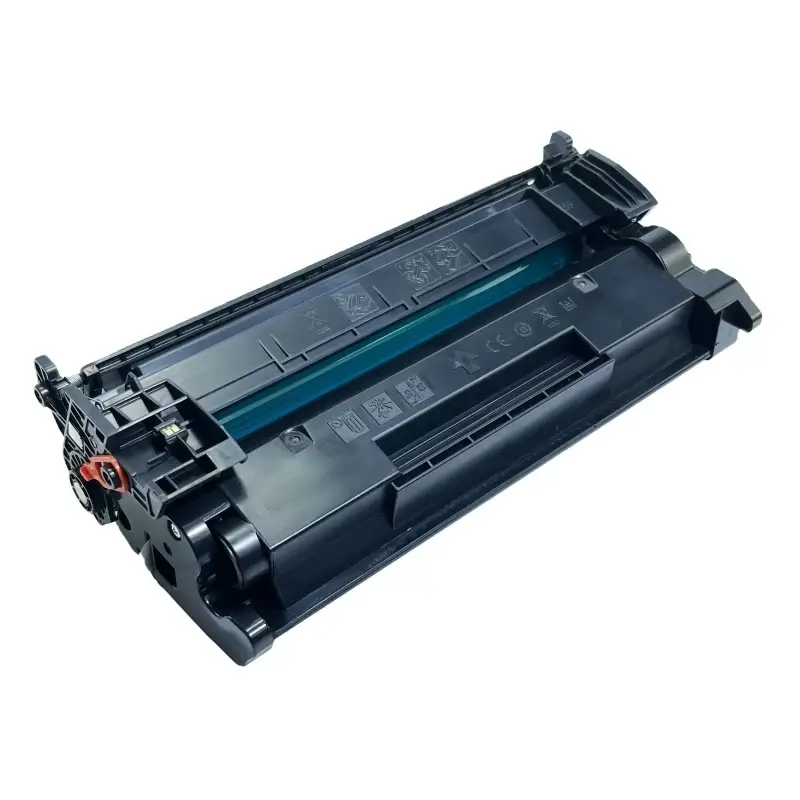Laser printers are ubiquitous and play an essential role in our work. They are widely used in companies and schools, and indeed across various industries. They consist of many components, the most important of which is the toner cartridge. If there is a problem with the toner cartridge, the entire printer will not function properly. This demonstrates the importance of the toner cartridge. Today, we will examine common printing problems with toner cartridges.
The following defect analysis focuses solely on toner cartridges; some defects are related to the machine and are omitted here.
1) Toner Leakage from the Toner Cartridge:
In addition to leaking toner before printing due to a poor seal on the toner cartridge, various components or areas within the toner cartridge can cause toner leakage during use. These can include defects in the magnetic roller seal, aging of the powder blade, deformation or loosening of the roller seal blade, defects or aging of the sealing sponge, and deformation or loosening of the cleaning blade.
2) The printer fails to print the intended content, producing a completely blank or light, blurry print:
The seal is not removed.
The toner cartridge was not shaken before removing the seal.
The toner cartridge light shield was not opened, and the photosensitive drum protective cover was not opened.
Poor grounding of the toner cartridge or poor contact of the conductive sheet inside the toner cartridge caused this.
3) A completely black print is usually due to an electrical problem:
The toner cartridge’s charging roller is poorly assembled, or the charging roller’s conductive bracket is deformed or in poor contact.
4) Vertical black lines in the print:
These may be thick or thin, continuous or intermittent. Thin, light-colored vertical black lines are usually caused by notched cleaning blades or a circle of scratches on the drum. Thick, intermittent black lines with unclear edges are often caused by wrinkled sealing blades or aging of the doctor blade.
5) Black horizontal streaks in the print:
This is usually due to an electrical problem. Periodic horizontal black lines are often caused by defects in the charging roller coating and pinholes in the photosensitive drum coating; irregular, thin horizontal black lines are often caused by improper connection between the toner hopper and the waste toner.
6) Regular vertical black dots on the printout:
These are caused by waste toner scattering due to deformation or loosening of the seal blade. Aging of the doctor blade.
7) Light printout:
This can be caused by a variety of factors, primarily toner issues. These include problems with the drum, toner and the magnetic roller (some toner cartridges intentionally control the amount of toner delivered to increase page yields). Aging of the doctor blade. Wear of the magnetic roller. The photosensitive drum has reached the end of its lifespan. High humidity or moisture absorption by the media.
8) Dust on the printout:
Dust refers to the appearance of misty toner in the blank areas of the printout. This condition can be caused by a variety of factors: Aging or loosening of the blade. Dirty charging roller. Toner issues. A cool, dry environment. Poor print media. A worn charging roller.
9) Poor fusing: This occurs when text or images on the printout are easily erased. The toner softening point is higher than the machine’s fusing temperature. The print media is too thick or has a glossy surface.


Leave A Comment